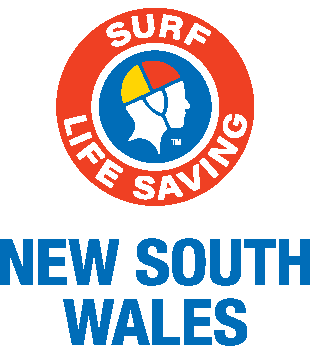Every winter thousands flock to beaches and headlands across the state’s coastline, desperately searching for the best vantage point to see one of nature’s most majestic creatures make their annual migratory trip north to warmer waters.
Despite the joy that spotting whales in their natural habitat brings to so many people, the harsh reality is not every animal will survive the journey.
Rubbish, illness, changing oceanic conditions and other hazards are just some of the obstacles that many whales face during their long swim.
Surf lifesavers have a special bond with the ocean as well as a healthy respect for the creatures that live in it.
And although it is off-season, these giants of the sea have kept volunteers and lifeguards busy in recent weeks.
Surf lifesaving assets have assisted emergency services and other volunteer groups in a number of call outs involving whales.
In the first incident on 28 June at Big Hill Beach near Crescent Head on the Mid North Coast, the Australian Lifeguard Service used a drone to provide aerial support to the National Parks and Wildlife Service (NPWS) after the carcass of a whale began attracted sharks to the area.
Three days later at Wedding Cake Island in Sydney the Surf Emergency Response System tasked volunteers to go to the aid of a vessel in distress after a reported flare sighting.
Fortunately there were no humans in need of assistance and the volunteers were instead treated to the glorious sight of whales breaching.
Another whale was not so fortunate at Tallows Beach at Byron Bay on 4 July with lifeguards again called on to assist as a whale was removed from the beach.
Just 24 hours later, several hundred kilometres to the south at Puckeys Beach in Wollongong, a crowd of volunteers rushed to the aid of a distressed juvenile humpback whale.
Wollongong lifesavers and an Illawarra Branch Duty Officer were among those who assisted at the scene with crowd control and acted as stretcher bearers as the whale was removed from the shallows.
Despite the best efforts of everyone involved the whale was unfortunately later euthanized.
While these incidents can end less than happily on some occasions, there was one success story after a whale was freed by crews from Marine Rescue and the NPWS who managed to cut a buoy loose from its tale after the entangled mammal was spotted in Sydney Harbour on July 2 The whale managed to swim off and re-join its group out at sea.
“What these incidents underscore is the willingness of surf lifesavers to respond to any coastal emergency, even during the off-season,” said NSW CEO Steven Pearce.
“I would like to acknowledge the efforts of all those involved who worked tirelessly alongside their fellow rescuers to try to save not only human lives, but marine life as well.”
What to do if you spot a marine animal in distress
- The Organisation for the Rescue and Research of Cetaceans in Australia (ORRCA) takes care of stranded and injured whales, dolphins, seals and dugongs.
- They have a 24-hour-staffed rescue hotline – 9415 3333
- Make sure you are able to provide the operator as much information as possible about the animal’s location and condition.
- Further information about ORRCA can be found on their website
Friday 13 July 2018


